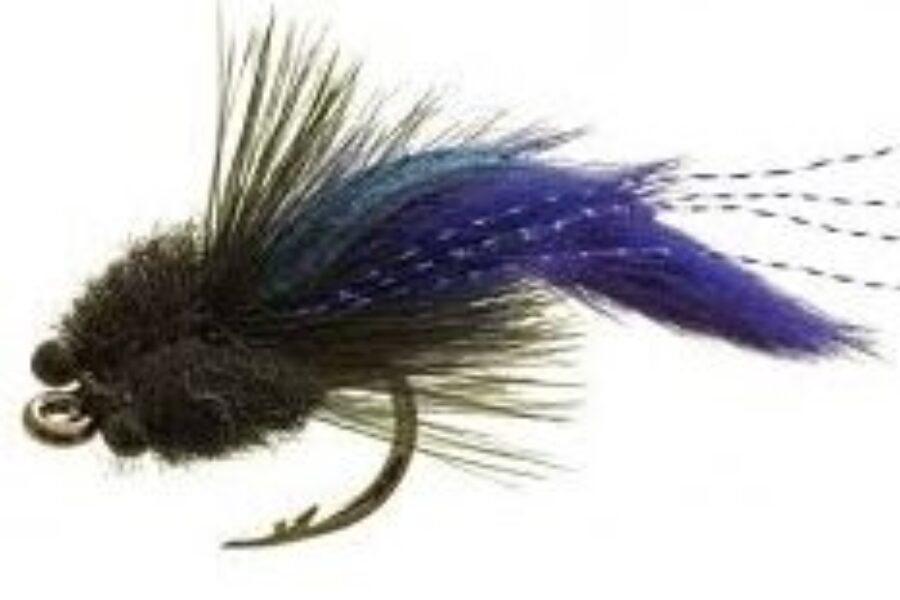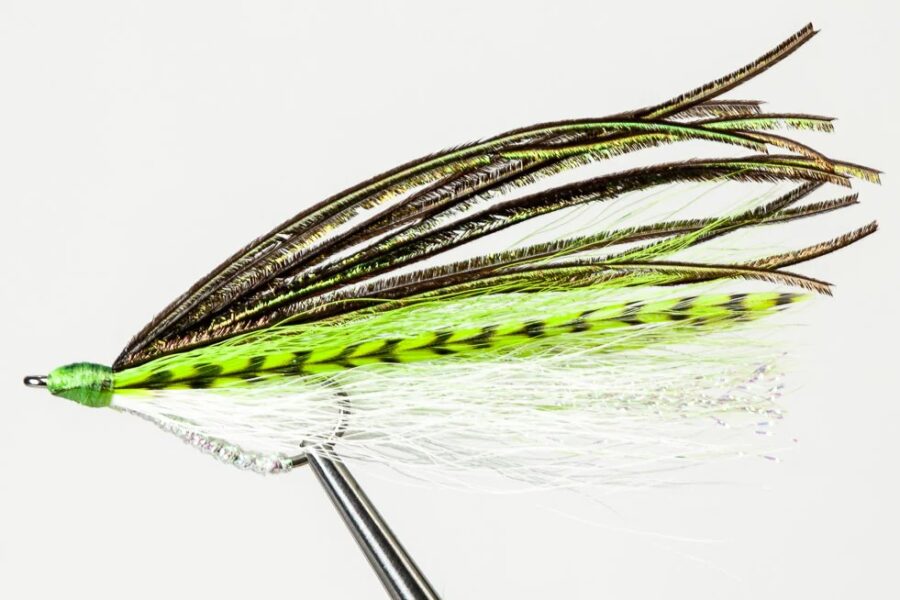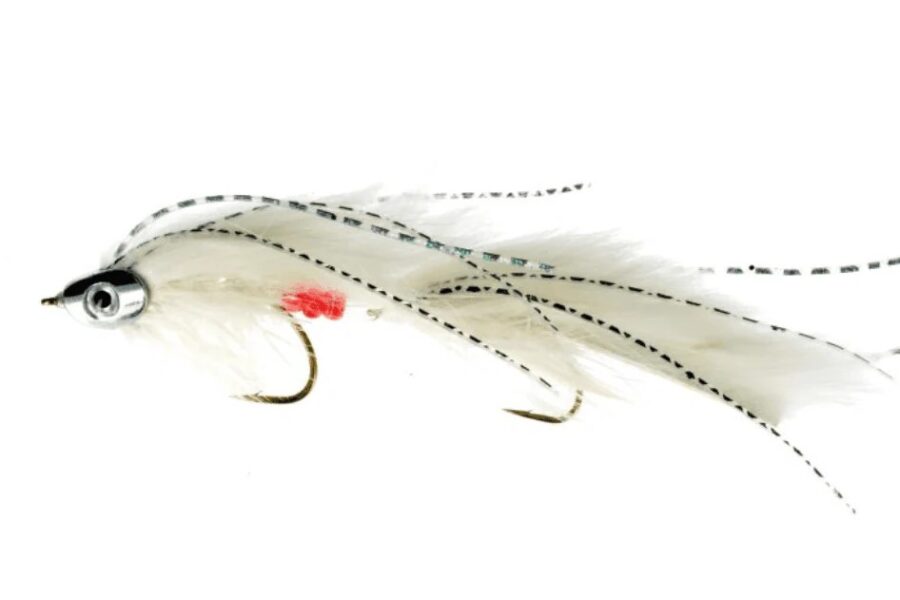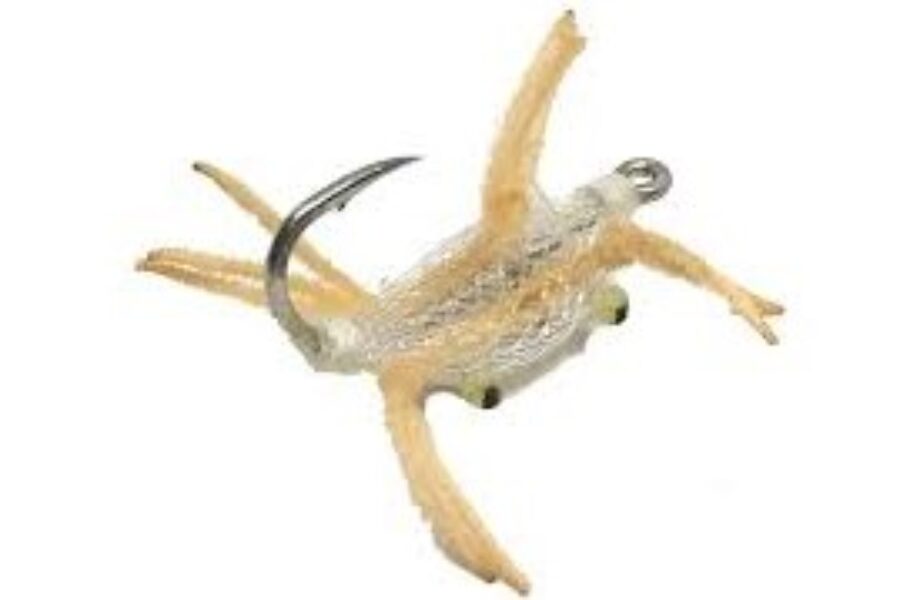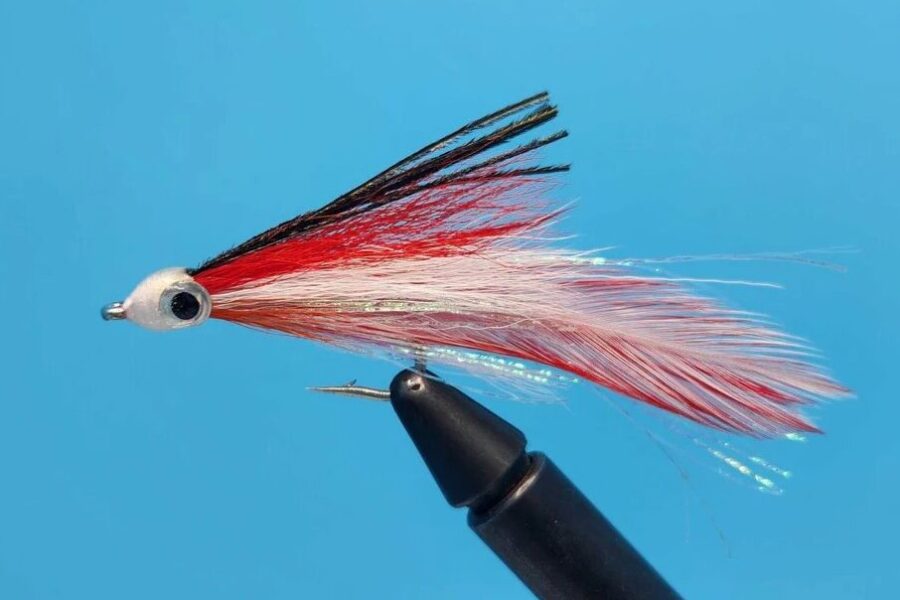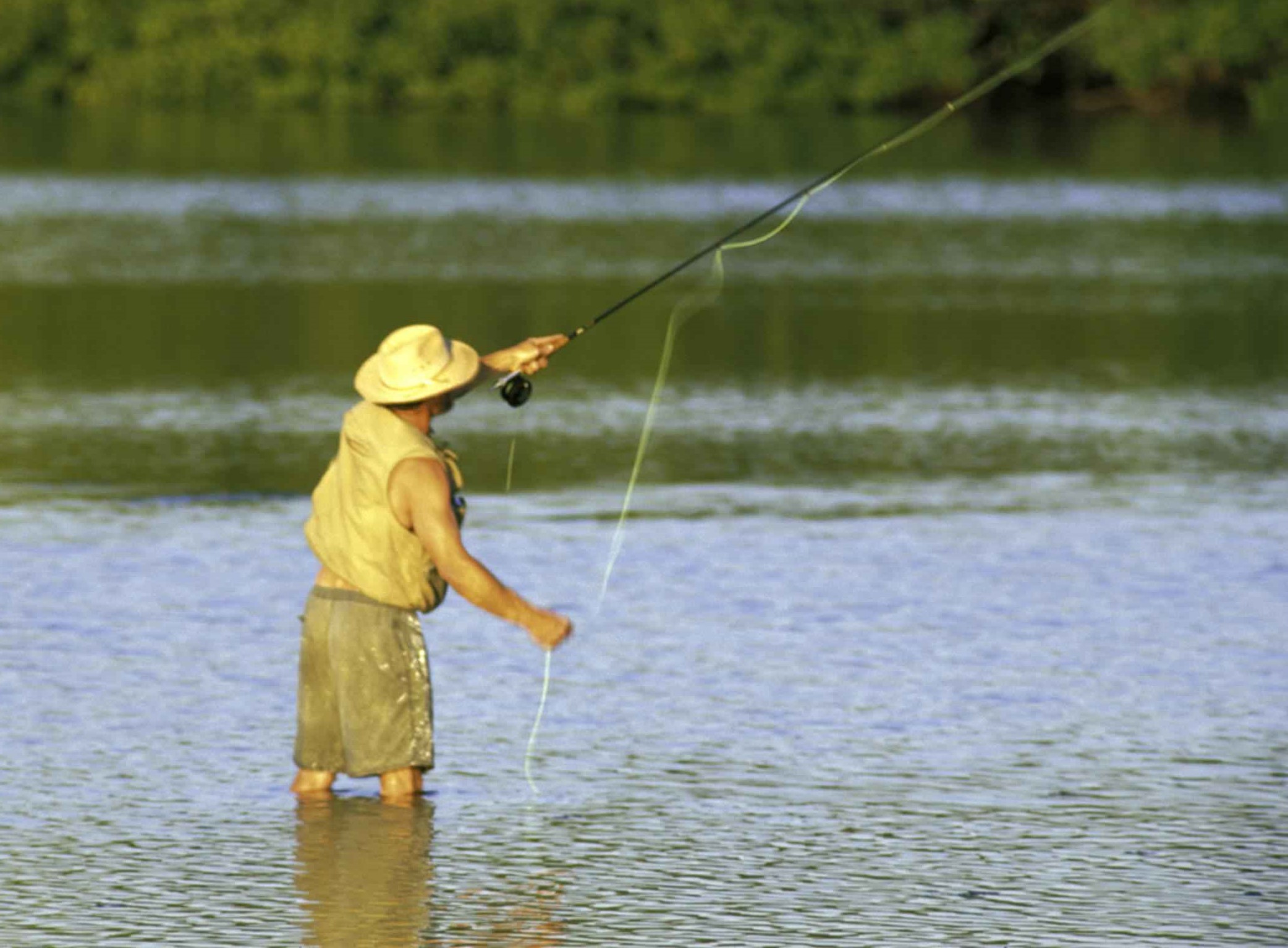Excellent Ideas On How To Start Fishing As A Hobby
There are many people who would like to fish but just don’t know where to start. If you are serious about wanting to learn how to fish, this comprehensive guide will provide you with essential tips and techniques for beginning your fishing journey.
Safety and Basic Techniques in Regards on How to Start Fishing
Safe Wading Techniques
Be careful when wading in the water. If you need to wade across a river when you’re fishing, be sure to go slowly and be extremely careful. If you disturb the water too much, you’ll scare the fish because sound does travel under water. Try to not disturb anything in the river bed and be patient. Consider using a wading staff for extra stability, especially in unfamiliar waters.
Finding Productive Spots
Fish like shallow waters, so try casting your lure in these areas, where you’re more likely to get a bite. Just watch out for weeds! Understanding fish habitat preferences can significantly improve your success rate. Look for structure, cover, and areas where different water depths meet.
Upstream Casting Technique
Look for the optimal fishing spot, and then cast your hook in a place upstream from that area. This causes your bait to drift past the targeted fish. The downstream drift of the water will attract fish to your lure naturally. This is an effective method, especially if the area happens to be underneath any type of obstruction. This technique works particularly well in rivers and streams.
Equipment and Preparation Used in learning how to start Fishing
Essential Equipment
Before you leave on a fishing trip, make sure you’ve packed a sharp knife for your tackle box. This is an essential tool that you may get into trouble without. Be sure to invest in a high-quality knife with a sharp blade that will not rust. Regular maintenance of your equipment ensures reliability when needed.
Quality Equipment Investment
You should purchase quality fishing equipment for your adventures. You will save money buying a quality rod rather than multiple low-quality ones. While beginning anglers don’t need the most expensive gear, investing in reliable basic equipment will enhance your experience.
Safety Equipment
If you are fishing out in a boat, make sure that you have a first aid kit, radio, and cellphone with you. Safety is key when fishing on open waters. Having the appropriate equipment can help you handle emergencies effectively. Always wear a properly fitted life jacket when on the water.
Bait and Tackle Strategy
Bait Color Selection
Change the color of the artificial bait if you are not having any luck. This is especially useful for someone who has been fishing a while without a bite. Fish are usually interested in bait that is shinier than usual, or a different shade than they are used to, which might just equal a catch for you. Keep a variety of colors in your tackle box to adapt to different conditions and fish preferences.
Understanding Bait Combinations
You should take the time to figure out what combinations will work best in every fishing situation. Different species and conditions may require specific bait presentations. Learning these combinations comes with experience and observation.
Scent Management
Be mindful of what odors are on your hands. If your hands are heavily perfumed, this odor could get on your bait and affect its effectiveness. This can cause an adverse reaction in the water. Consider using unscented soaps and avoiding lotions before fishing.
Bait Selection Strategy
There isn’t a universal bait that works for every occasion. To use different types of bait to your best advantage, know when and how to properly use various options. On the other hand, a plastic worm works well in clear water, since fish can see them without fishers resorting to unnatural motions. For those interested in trout fishing specifically, artificial flies represent another essential category of bait that requires special consideration.
Essential Guide to Trout Flies
When targeting trout, selecting the right artificial flies can make the difference between a successful day on the water and going home empty-handed. The best trout flies are those that closely match the natural insects and aquatic life present in your local waters. Successful anglers typically maintain a well-stocked selection of both floating and subsurface patterns to match different fishing conditions.
Different seasons bring various hatches and feeding patterns, requiring anglers to adapt their fly selection accordingly. Spring often calls for smaller patterns matching emerging insects, while summer might demand larger terrestrial imitations. The best trout flies are those that not only look realistic but also behave naturally in the water.
When shopping for trout flies for sale, quality should be your primary consideration. Well-constructed flies tied with premium materials will not only last longer but also maintain their shape and effectiveness after multiple fish. While building a comprehensive fly collection takes time, focusing on proven patterns that work in your local waters is a sound strategy for both beginners and experienced anglers.
Consider purchasing a variety of sizes and styles to match different conditions and seasons. Having options allows you to adapt to changing fish preferences and water conditions throughout the year. Remember that presentation often matters more than pattern selection, even the best trout flies won’t catch fish if not presented naturally.
Advanced Techniques to be used when Learnig How to Start Fishing
Fighting Large Fish
Don’t let your excitement cloud your common sense when you catch a large fish. You may have to fight, but the last thing you should do is attempt to immediately reel the big guy in because you risk damaging your fishing rod and/or losing the fish. Set your rod’s drag and let the fish tire itself out before reeling in.
Line Management
Just release any large fish that turns around during the reeling-in process. Your line will be too short to be able to let it out and reel at this point. Next time this happens, you’ll wait longer prior to reeling it in. Proper line management is crucial for landing larger fish.
Alternative Fishing Methods
Have you ever thought about surf fishing? Surf fishing is a great pastime and gives you access to a wide range of fish you can catch during warm summer months. You may want to use shrimp or artificial lures to catch these fish. This technique requires different approaches than freshwater fishing.
Environmental and Safety Considerations
Environmental Responsibility
Don’t throw trash in the water while you fish. Trash can damage the environment and can be harmful to both plants and fish life. Practice leave-no-trace principles to preserve fishing spots for future generations.
Weather Conditions
A cloudy day is a great day for fishing. When the sky is cloudy, the water will be dark, and fish must search for food more actively. Understanding how weather affects fish behavior can help you plan more successful trips.
Child Safety
While mastering fly selection is important, safety should always be your primary concern, especially when introducing children to the sport. Safety is of the utmost importance when fishing with your children. Never let them attach bait onto hooks by themselves. Teach them proper handling techniques and always supervise their activities around water.
Fish Handling
Fish have a protective slime coating that helps them, so handle them carefully and protect yourself from this slime. This practice will keep your fish fresh until you cook it, or healthy if you are going to release it. Wet your hands before handling fish to minimize damage to their protective coating.
Location and Species Knowledge
Location Research
Research the areas where you plan to fish. You always need to know the specific details about your fishing destination. Do some basic research or talk with locals to find out the best information before heading out. Find out which species of fish you will find. Look for currents and understand their patterns. Check the weather forecast thoroughly.
Specific Species Techniques
Try your best to fish near rocky structures if you are trying to catch small-mouth bass; they usually like those areas. Also, if you are going to be fishing for them in the early spring, look toward shallow, warmer parts of the lake. Different species have distinct habitat preferences that change with seasons.
Fishing Best Practices
Knot Tying Technique
You should wet your fishing line before tying a knot. A wet line means less friction as you are tying the knot much tighter. Practice different knots at home to build muscle memory and confidence in your knot-tying abilities.
Proper Hydration and Nutrition
When you are out on a fishing trip, it is important that you pack some food and water, especially when it is hot outside. The hot sun can cause dehydration, so it is essential that you have enough food and water to give you the energy that you will need. Pack enough snacks and meals based on the length of time you plan to fish.
You should now be ready to go out there and catch fish as a pastime. Keep in mind this article is a wonderful start, but you will need to keep learning new techniques and strategies as you continue fishing. There are tons of information out there when it comes to fishing, so remember to keep an eye out for new strategies that could help you in learning how to catch fish. With practice and patience, you’ll develop the skills needed to become a successful angler.

